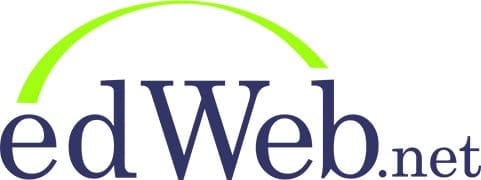In this edWeb.net webinar hosted by the Essential Elements for Digital Learning community, Steve Garton, leader of the Maine Learning Technology Initiative program for a decade, showed us how to define your own success in a meaningful way through data, digital citizenship, and the national PTA standards. We also learned how to utilize these tools to reach out to parents, students, teachers, businesses, and taxpayers.
post-icon
Diagnostic assessment is one of the most misunderstood and yet one of the most powerful tools in the arena of educational assessment, especially now with so much focus on differentiated and personalized instruction.
post-icon
Nearly all K-12 schools are expanding their use of technology to support student learning, and many of them are implementing blended learning models. By definition, blended models include online learning opportunities that empower students with some control over the time, place, path, and pace of their learning.




